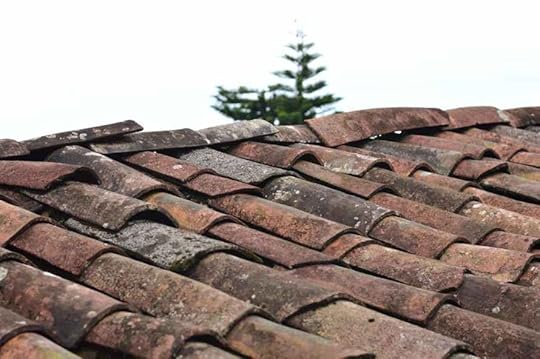Signs It’s Time for a Roof Replacement and How to Get Started

Your roof is one of the most critical components of your home, protecting it from weather, pests, and structural damage. Over time, even the most durable roofing materials can experience wear and tear, requiring timely repairs to prevent further issues. But how can you tell when your roof needs attention? Here are the top signs your home may need residential roofing repair.
1. Leaks or Water DamageOne of the most obvious signs of roofing problems is water leaking into your home. You might notice water stains on ceilings or walls, which indicate that water is seeping through the roof and into your home’s interior. Left untreated, leaks can lead to mold growth, structural damage, and costly repairs.
If you spot any water damage, it’s crucial to address it promptly by consulting a professional roofing contractor.
2. Missing or Damaged ShinglesShingles are your roof’s first line of defense against the elements. Missing, cracked, curled, or broken shingles can leave your home vulnerable to water intrusion and further damage. High winds, hail, and heavy rain are common culprits for shingle damage.
Inspect your roof after storms and replace damaged or missing shingles as soon as possible to maintain its integrity.
3. Granule Loss on ShinglesAsphalt shingles are coated with protective granules that help shield them from UV rays and harsh weather. Over time, these granules can wear off, leaving your shingles exposed and less effective. You may notice granules in your gutters or downspouts, signaling that it’s time to assess the condition of your roof.
Granule loss often indicates aging shingles that may require repair or replacement.
4. Sagging RoofA sagging roof is a serious issue that could indicate structural problems, such as weakened decking or compromised supports. This problem often results from prolonged exposure to moisture, poor installation, or excessive weight on the roof.
If you notice sagging, contact a professional immediately to evaluate the situation and recommend repairs.
5. Increased Energy BillsA damaged roof can impact your home’s energy efficiency. If your HVAC system is working overtime to maintain a comfortable temperature, it could be due to air leaks caused by roof damage. Poor insulation or gaps in the roof can allow heat to escape in winter and enter in summer, driving up your energy bills.
Timely roof repairs can help improve insulation and reduce energy costs.
6. Mold or Moss GrowthMoss and mold growth on your roof may look harmless, but they can cause significant damage over time. Moss retains moisture, which can lead to wood rot and shingle degradation, while mold can spread into your home’s interior, affecting air quality and health.
Regular maintenance and prompt repairs can prevent moss and mold from causing long-term issues.
7. Flashing DamageFlashing is the material used to seal joints and edges on your roof, such as around chimneys, vents, and skylights. Damaged or missing flashing can create entry points for water, leading to leaks and structural problems.
If you notice gaps, cracks, or rust on your flashing, it’s time to schedule a repair to ensure your roof remains watertight.
8. Aging RoofAll roofs have a limited lifespan, depending on the material and installation quality. For example:
Asphalt shingles: 20-30 yearsMetal roofs: 40-70 yearsClay tiles: 50+ yearsIf your roof is nearing the end of its expected lifespan, it’s wise to schedule an inspection and address any issues before they worsen.
Protect Your Home with Timely RepairsYour roof is essential to the safety and comfort of your home. By recognizing the signs of damage early, you can address issues before they escalate into costly repairs or replacements. Working with a trusted residential roofing repair contractor ensures that your roof remains in excellent condition for years to come.
If you’ve noticed any of the signs mentioned above, don’t wait—schedule a professional roof inspection today to safeguard your home and investment.
The post Signs It’s Time for a Roof Replacement and How to Get Started appeared first on Geek Mamas .



